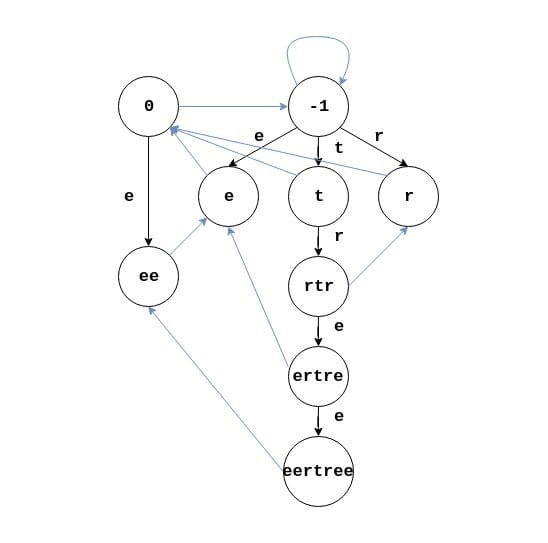INTRODUCTION TO COMPETITIVE PROGRAMMING:
Competitive sports are played mainly on a five-and-a-half-inch court, the space between your ears
In some aspects, competitive programming resembles sports since it demands a high level of ability, strategy, and competition. Participants in competitive programming work through algorithmic issues under time limitations in an effort to come up with the most effective and precise solution.
Competitive programming demands rigorous training and skill development, just like traditional sports. Participants must put in countless hours of practice and hone their problem-solving abilities, algorithmic understanding, and programming competence to be at the top of the competitive programming field. Competitors are always looking for fresh approaches to hone their abilities and strategies in order to outperform their rivals.
COMPETITIVE PROGRAMMING AS A SPORT:
Sports involving programming have their own leagues, winners, and rankings. The community is fiercely competitive, with members competing to advance in ability and position. Additionally, there are student-focused programming sports contests like the International Collegiate Programming Contest (ICPC), where top programmers from institutions across the globe compete against one another.
Most intense programming competitions have awards. These prizes can take the shape of money, goods like software or hardware, or even free services. Some programmers for sports teams have even made a career out of competing in coding competitions due to their success.
The use of programming competitions to assess and display competitors’ programming abilities is growing in popularity. These are frequently conducted online, allowing competitors to participate from any location. Moreover, live programming competitions are held at conferences, universities, and other occasions.
The issues grew more complicated as the popularity of sports programmes increased. Several contenders even began to focus on different areas, like geometry or text algorithms. They began to find a variety of intriguing data structures and algorithms with some practical applications that had their roots in competitive programming.

Two examples come to mind quickly. Originally, two pupils in one of the Soviet training camps ran into a situation where they had to identify every individual palindrome in a given word. They developed a data structure known as the “palindromic tree” or “eertree” in order to solve this issue.
The palindromic Tree’s actual structure is close to the directed graph. It is actually a merged structure of two Trees that share some common nodes.
In addition to this issue being resolved, this method led to the usage of this data format to address a variety of other issues, including those that in the past were believed to be impractical to handle quickly. China provides one such instance. Students in high school who are interested in competing in the International Olympiad in Informatics are required to prepare a straightforward research paper on a particular algorithm or data structure. One of these individuals found a solution to a problem that had been troubling programmers for a while. He developed the “Segment tree beats” data structure, which enables quick operations on integer sequences such as adding a value to a continuous subsequence or finding the minimum value over other continuous sequences.
Competitive coding focuses on speedy problem-solving to deconstruct the issue in the best way possible and then implement it in a computer language. Many people are drawn to competitive coding for its inherent thrills, including the surge of adrenaline and the sense of accomplishment that comes from having your answer accepted. There is a very extensive and diversified online community for competitive programming, which includes professionals from huge tech businesses as well as high school and college students.

Ultimately, it is evident that competitive programming shares many parallels with traditional sports in terms of talent, competition, and community, despite the fact that there may be disagreements about whether it should be regarded as a sport.
